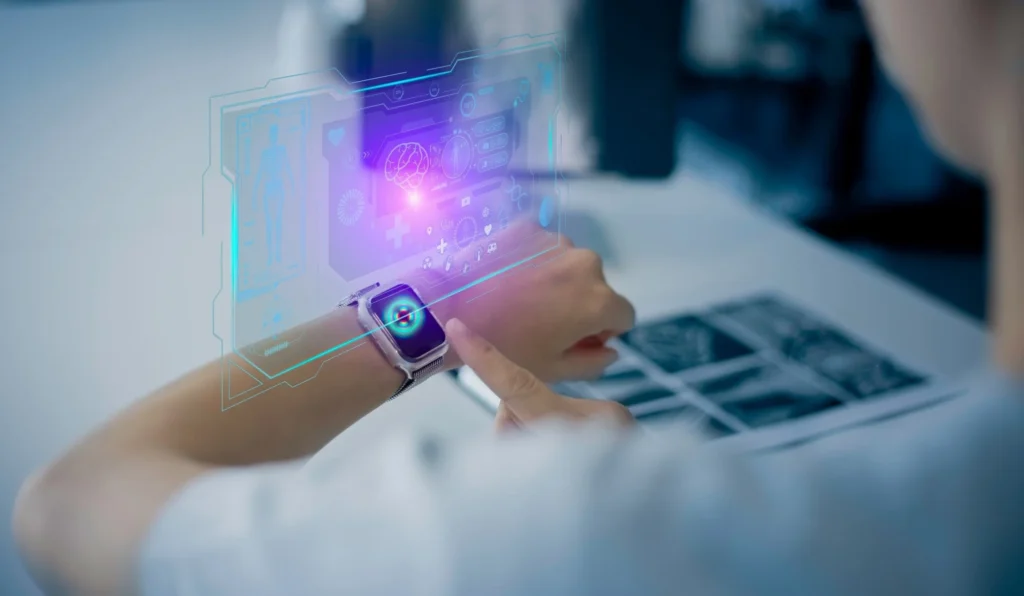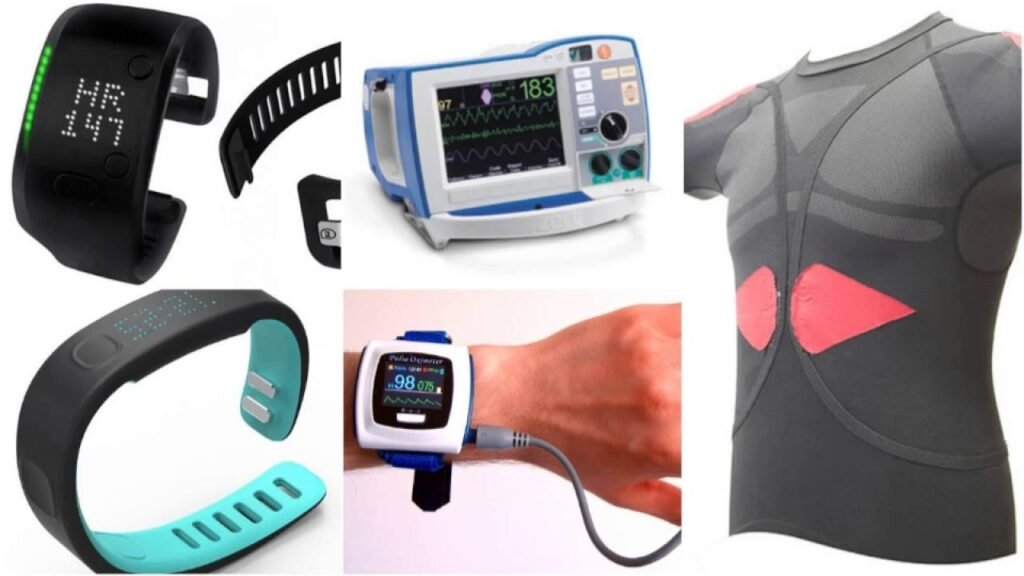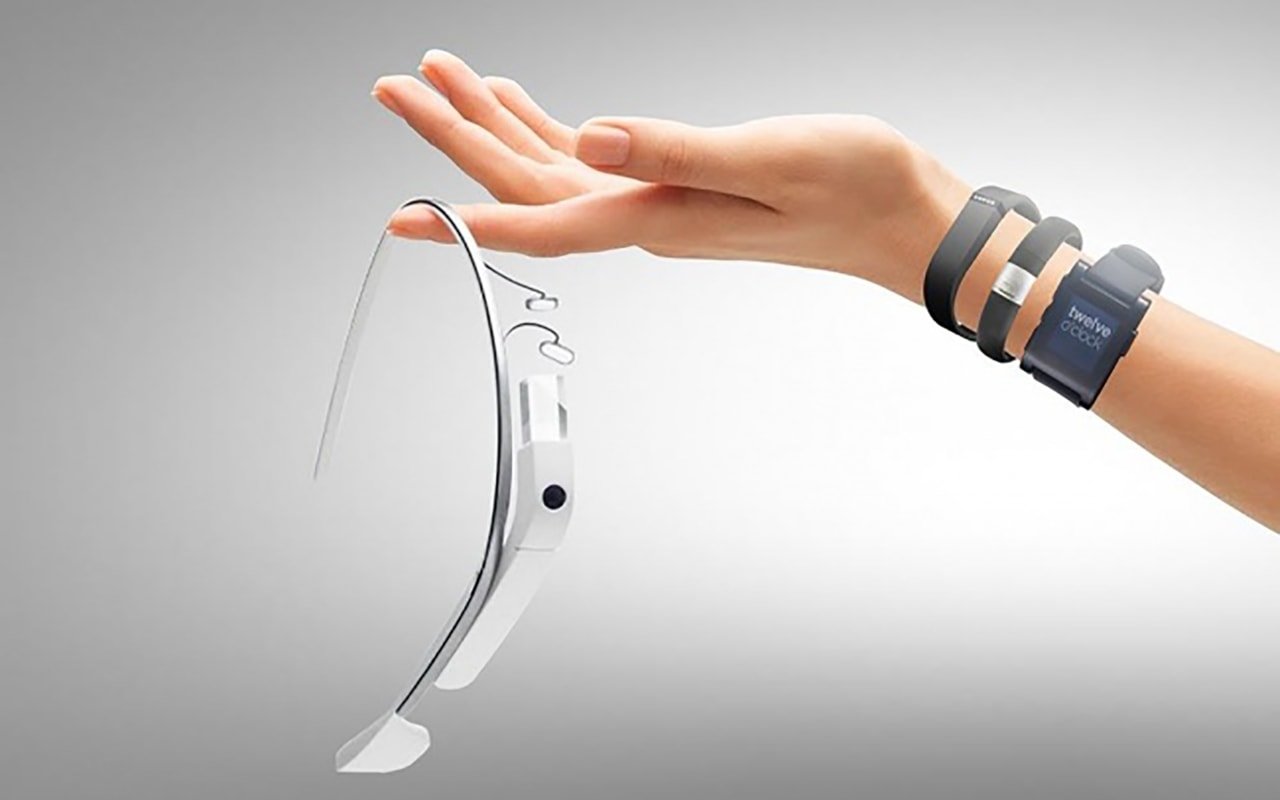Wearable Technology and Health Monitoring. Wearable technology has revolutionized the way we monitor and manage our health. From fitness trackers to smartwatches, these devices provide valuable insights into our physical well-being and lifestyle. As technology advances, wearable health monitors are becoming increasingly sophisticated, offering features that range from heart rate tracking to sleep analysis and even detecting early signs of potential health issues. This article explores the various aspects of wearable technology in health monitoring, its benefits, challenges, and future trends.
Introduction to Wearable Technology
Wearable technology refers to electronic devices designed to be worn on the body, seamlessly integrating into our daily lives. These devices equip with sensors and software that collect, analyze, and display data about the wearer’s health and activity levels.

What is Wearable Technology?
Devices that monitor physical activity, such as steps taken, distance traveled, and calories burned. Multifunctional devices that offer fitness tracking, notifications, and various health-related features. Garments embedded with sensors that track physiological metrics, such as heart rate and muscle activity. Specialized devices that focus on specific health metrics, such as glucose levels or blood pressure.
History and Evolution of Wearables
The first wearable devices were primarily focused on fitness and activity tracking. Examples include pedometers and heart rate monitors used by athletes. With the advent of smartwatches and advanced fitness trackers, wearables began offering more comprehensive health monitoring features. Recent advancements include smart clothing and sophisticated sensors that provide detailed health insights and integrate with other health technologies.

How Wearable Technology Works
Measure movement and activity levels. Track orientation and rotation. Use optical sensors to detect changes in blood flow. Record the electrical activity of the heart.
Data Analysis and Feedback
Provides immediate feedback on activity levels, heart rate, and other metrics. Allows users to track trends over time, helping to identify patterns and make informed health decisions. Sends notifications for abnormal readings, such as irregular heart rates or low activity levels.
Benefits of Wearable Technology in Health Monitoring
Enhanced Health Tracking
Tracks steps, distance, and calorie expenditure, encouraging users to stay active. Monitors heart rate variability and resting heart rate, helping to assess cardiovascular health. Analyzes sleep quality and duration, providing insights into sleep disorders and overall restfulness.

Early Detection and Prevention
Identifies irregular heartbeats that may indicate conditions such as atrial fibrillation. Monitors glucose levels for individuals with diabetes, aiding in glucose management and prevention of complications. Alerts caregivers or emergency services in the event of a fall, particularly beneficial for elderly individuals.
Challenges and Limitations
While wearables offer many benefits, they are not without their challenges.
Accuracy and Reliability
Accuracy can be a concern with wearable technology. While many devices are highly advanced, factors like improper usage or device placement can affect the reliability of the data collected. Users need to understand these limitations and not rely solely on wearables for critical health decisions.
Data Privacy and Security
With the collection of sensitive health data comes the issue of privacy and security. Wearables can potentially be vulnerable to data breaches or misuse. Ensuring that devices use strong encryption and understanding how your data is managed is crucial for protecting your personal information.

Wearable Technology and Chronic Disease Management
Wearable technology has made a significant impact on managing chronic diseases.
Diabetes Management
Wearable glucose monitors provide continuous blood sugar readings, which is essential for diabetes management. These devices help users keep their glucose levels in check, making it easier to manage their condition and make timely adjustments to their treatment.
Cardiovascular Health
ECG monitors and heart rate trackers are particularly useful for individuals with cardiovascular conditions. They help in monitoring heart health and detecting irregularities that might require medical attention.
Respiratory Health
For those with respiratory conditions, wearable technology can track breathing patterns and oxygen levels. This continuous monitoring helps in managing conditions like asthma or chronic obstructive pulmonary disease (COPD).
Future Trends in Wearable Technology
The future of wearable technology is promising, with advancements that could further enhance health monitoring.

Advances in Sensor Technology
Emerging sensor technologies are expected to provide even more accurate and detailed health metrics. Innovations in materials and miniaturization could lead to more sophisticated and comfortable wearable devices.
Integration with AI and Machine Learning
Artificial intelligence (AI) and machine learning are set to revolutionize wearable technology. These technologies can analyze vast amounts of data to provide more personalized health recommendations and predict potential health issues with greater accuracy.
Conclusion
Wearable technology has transformed how we monitor and manage our health. From fitness trackers to specialized health monitors, these devices offer valuable insights and continuous data that can significantly improve our well-being. As technology continues to evolve, the potential for wearables to enhance health monitoring and management will only grow. While there are challenges to address, the benefits far outweigh the limitations, making wearable technology an exciting and essential tool in modern health care.
FAQs
What is the primary function of a fitness tracker?
Fitness trackers primarily monitor physical activities, such as steps taken, distance traveled, calories burned, and sometimes sleep patterns. They help users stay active and maintain a healthy lifestyle by providing actionable insights based on their daily activities.
How accurate are health monitors in wearables?
The accuracy of health monitors can vary depending on the device and how it is used. While many modern wearables provide accurate data, they may not always be precise in all situations. It’s important to understand the limitations and use wearables as a complement to, rather than a replacement for, professional medical advice.
Can wearable technology help in emergency situations?
Yes, some wearables are equipped with features that can be helpful in emergencies.
What should I look for when choosing a wearable for health monitoring?
When choosing a wearable, consider the specific health metrics you want to track, the device’s accuracy and reliability, battery life, compatibility with your smartphone or other devices, and user reviews.
How do wearables handle data privacy and security? How do wearables handle data privacy and security?
Most reputable wearable manufacturers implement strong encryption and security measures to protect user data. However, it’s crucial to review the privacy policy of the wearable device you choose.

